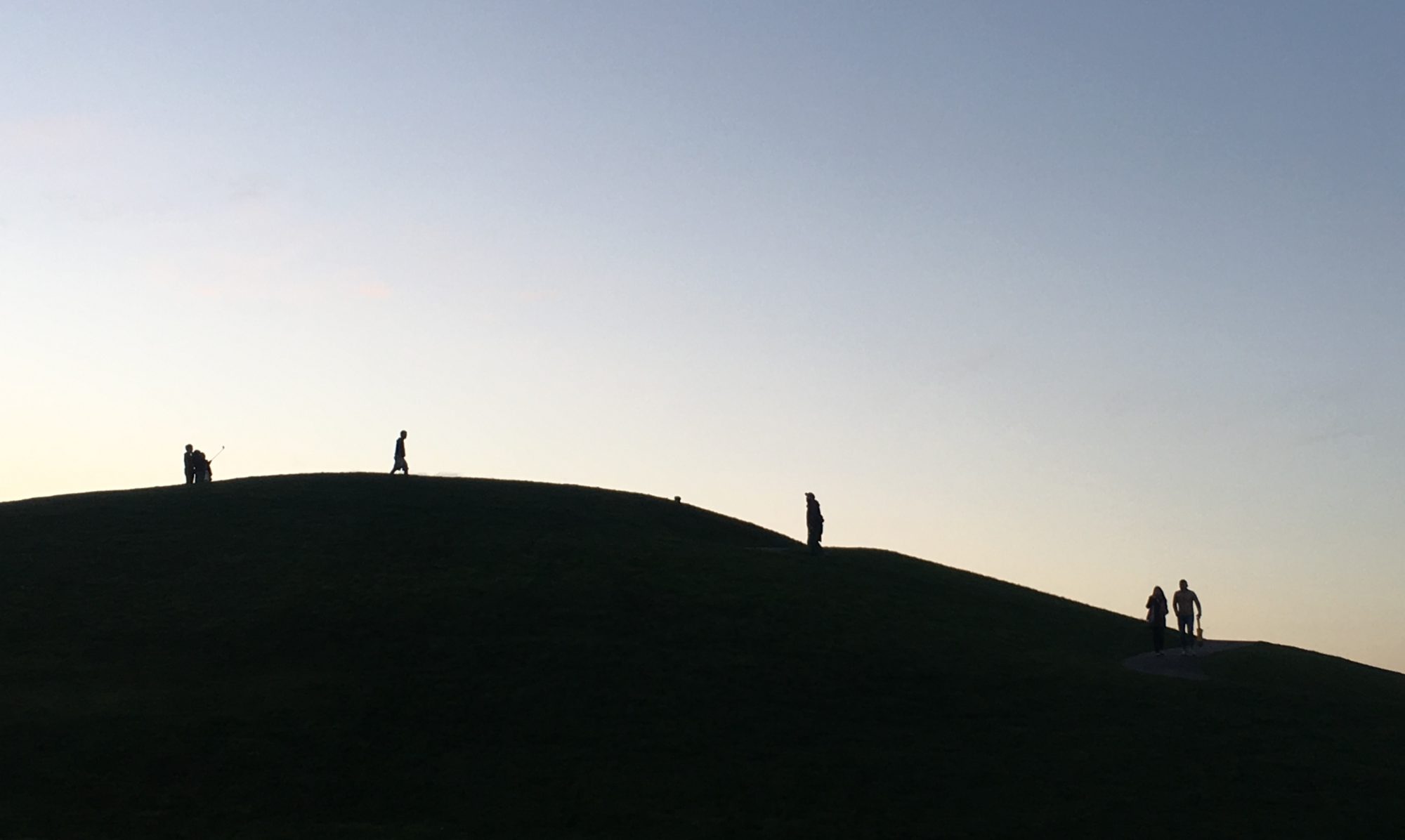We call them the Dark Ages, but all that we mean is that we cannot see. R G Collingwood
I have written previously about Dante, who died seven hundred years ago. He is considered by some critics to be the greatest poet of the Western canon, whose artistic innovation in the Commedia transformed our understanding of what it means to be human. One of the conceits of the poem is that Dante, the narrator of the story, is guided through hell and purgatory by Virgil, the Roman poet whom he greatly admired. Previously, I had taken this to be solely a literary device, that allows for a continuous dialogue between the two protagonists as they travel, by which the fates of the various characters they encounter can be explained to the reader and, at the same time, an implicit assertion by Dante that he too ranked as one of the great poets. Recently, my attention was drawn to a point that previously I had missed entirely: Virgil lived in the age of the Emperor Augustus, born in 70BCE and died in 19BCE, whereas Dante was born in 1265CE and died in 1321CE. The distance in time between Dante’s death and Virgil’s death – 1340 years – is almost twice as long as the distance between the date of Dante’s death and the present time. Dante is far more contemporary with us than Virgil was with him.
Now consider a modern-day poet. Bob Dylan this year celebrated his eightieth birthday. Growing up, he would have enjoyed the US’s post-war economic boom, in his twenties he was part of the Civil Rights Movement, in the seventies he lived through the Vietnam War, the oil crisis, and the first landing on the moon. In more recent years he will have encountered novelties such as the internet, electric cars, and 3D-printing. Now imagine a woman who celebrated her eightieth birthday in the year of his birth. She would have been born in 1861, the year that the Civil War broke out in the US, and during her lifetime she would have experienced the development of electric lights, motor cars, the first human flight in an aeroplane, and the first global war. She would also have been entertained by innovations such as photography, the movies, and jazz music. The world of her birth – when none of the above were part of daily life – seems unimaginably remote to me. While Bob Dylan seems to be my contemporary, an imaginary woman who lived from 1861 to 1941 appears to come from way back in the historical past.
Continue reading “Lost time”